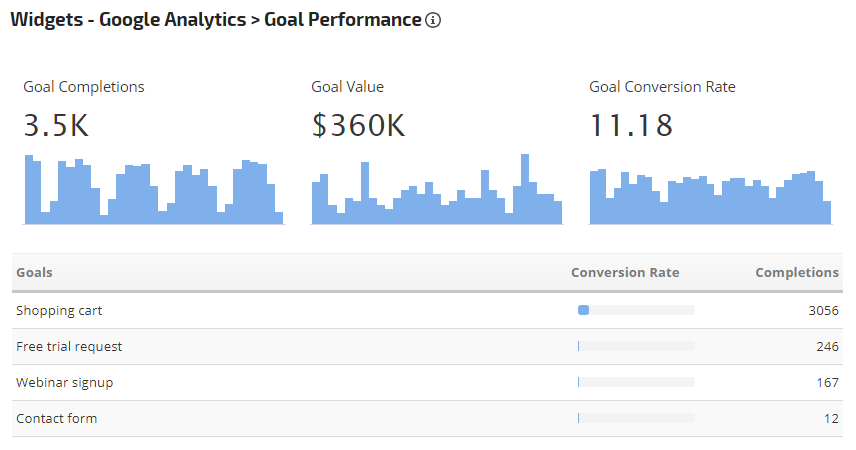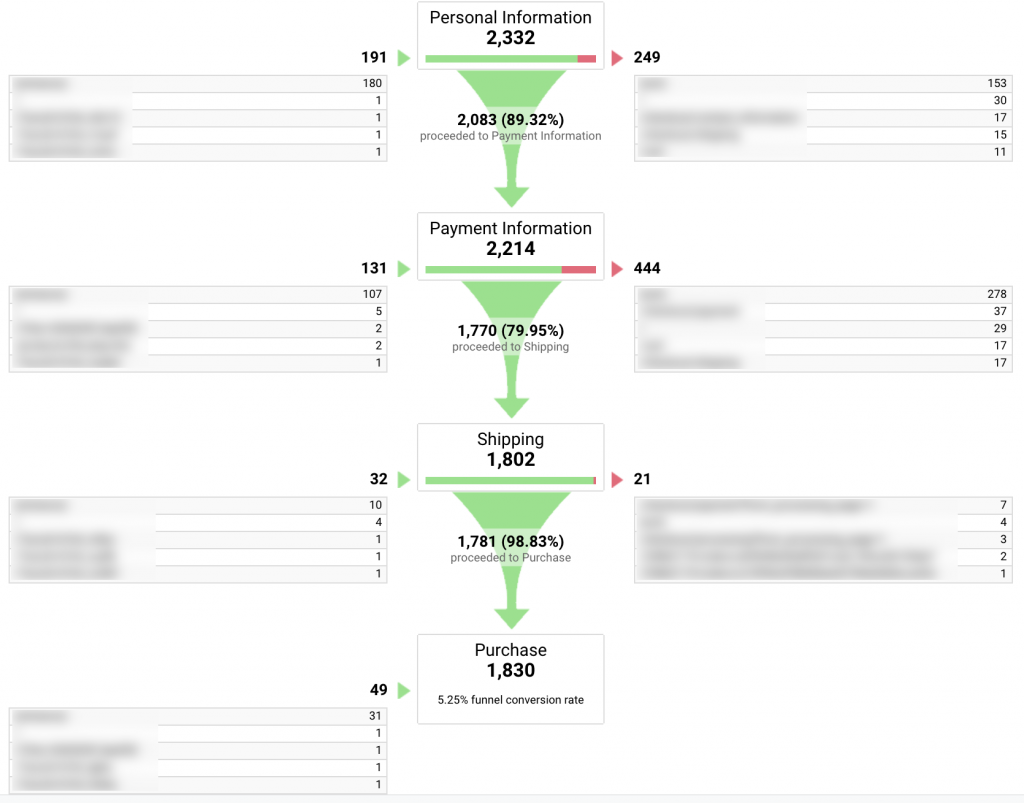Discover the Limitations of Google Analytics Goals: Unveiling the Data Types That Remain Untrackable
As companies increasingly rely on data-driven decision-making, comprehending the constraints of tools like Google Analytics becomes extremely important. While Google Analytics Goals offer useful insights right into user communications, there exist data types that avoid monitoring, posturing difficulties to a comprehensive understanding of customer behavior. These untrackable data types question concerning the precision and completeness of the analytics data that companies heavily trust for their electronic approaches. Interested to reveal the covert dead spots in your information evaluation process?
Incomplete User Trip Tracking
Insufficient individual trip monitoring within Google Analytics can prevent the ability to precisely assess customer actions. When the customer trip is not totally tracked, there are voids in the data that avoid a detailed understanding of exactly how customers interact with a site. This absence of insight can result in missed opportunities for optimization and renovations to the customer experience.
One common issue with incomplete individual journey tracking is the lack of ability to see the complete course that customers take previously finishing an objective or leaving the site. Without this information, it is testing to identify where customers might be experiencing challenges or rubbing factors that avoid them from converting. Additionally, incomplete monitoring can cover the influence of specific advertising and marketing efforts or site modifications on customer behavior.
To address this limitation, it is vital to establish correct tracking systems within Google Analytics to capture the whole customer trip. This may entail establishing occasion monitoring, objective funnels, or utilizing devices like Google Tag Supervisor to ensure that no important interactions go unrecorded. By gaining a thorough sight of the customer trip, website proprietors can make even more enlightened decisions to enhance customer involvement and drive conversions.
Attribution Obstacles
Browsing through acknowledgment challenges in Google Analytics requires a detailed understanding of how various touchpoints add to the overall conversion procedure. Attribution challenges arise from the complexity of modern customer trips, where users interact with several networks prior to transforming. Google Analytics provides different acknowledgment models like very first touch, last touch, and linear, each providing a various viewpoint on just how credit score is appointed to touchpoints along the conversion path. These versions might not constantly accurately mirror the real effect of each touchpoint on the conversion.
One typical attribution difficulty is the difficulty in connecting conversions to the proper source, specifically in situations where customers engage with multiple channels prior to transforming. Additionally, cross-device tracking positions an additional acknowledgment challenge, as individuals often change in between tools during their journey, making it challenging to track their interactions flawlessly.
Offline Conversions
Provided the difficulties connected with attributing conversions precisely in online networks, the measurement of offline conversions provides a considerable possibility for marketing professionals seeking an extra comprehensive understanding of their clients' trip. Offline conversions describe actions that customers take in the physical globe, such as making acquisitions in visit here brick-and-mortar stores or over the phone, going to occasions, or engaging with published products - what data is google analytics goals unable to track. These conversions are important for organizations that operate both online and offline, as they supply useful insights right into the efficiency of advertising and marketing campaigns throughout different touchpoints
Tracking offline conversions traditionally positioned a significant challenge for marketing experts, as it was challenging to connect these actions back to specific on-line interactions properly. However, with innovations in modern technology, such as the integration of CRM systems, unique identifiers, and discount coupon codes, companies can now link the void between online and offline data to gain a more holistic sight of consumer behavior. By properly measuring offline conversions, online marketers can enhance their strategies, allot resources much more effectively, and ultimately boost the general customer experience.
Cross-Device Monitoring
Cross-device monitoring plays a crucial function in comprehending the interconnected nature of consumers' electronic communications throughout multiple gadgets. In today's omnichannel globe, where individuals perfectly switch over between tablets, desktops, and mobile phones, tracking their behavior throughout these devices is essential for online marketers to get a thorough view of their consumer journey.

Moreover, personal privacy concerns and laws such as GDPR and CCPA have even more complex cross-device monitoring. With users requiring more control over their data and raised limitations on tracking technologies, marketing experts should find innovative and privacy-compliant means to attach individual interactions across devices.
Dynamic Web Content Engagement
Recognizing customer involvement with vibrant material is pivotal in enhancing digital marketing methods for enhanced audience interaction. Dynamic web content describes website aspects that change based upon customer habits, choices, or various other elements, providing a customized experience. Nevertheless, tracking user communications with vibrant material presents obstacles for conventional analytics tools like Google Analytics.
While Google Analytics can track basic communications like clicks and web page sights, it may struggle to record even more nuanced interactions within dynamic content. what data is google analytics goals unable to track. Metrics such as time invested on particular vibrant elements, float actions, or communications within pop-ups are frequently not quickly measurable utilizing standard monitoring approaches. This Recommended Site restriction impedes marketing professionals' capability to completely understand how users are engaging with vibrant web content and customize their strategies as necessary

Verdict
In verdict, Google Analytics objectives have constraints in tracking insufficient user journeys, associating conversions properly, recording offline conversions, tracking cross-device interactions, and gauging dynamic web content involvement. These restraints highlight the relevance of discovering additional monitoring methods and devices to get a much more extensive understanding of user actions and conversions beyond what Google Analytics can give.
While Google Analytics Goals offer valuable insights into user interactions, there exist information types that elude monitoring, positioning challenges to a thorough understanding of customer actions.Insufficient user journey tracking within Google Analytics can hinder the ability to precisely analyze customer actions. When the individual journey is not completely tracked, there are spaces in the data that protect against a thorough understanding of how users connect with a website.One common issue with insufficient individual journey monitoring is the failure to see the full course that individuals take before finishing an objective or leaving the site. By obtaining an extensive sight of the individual journey, site proprietors can make even more educated decisions to improve customer involvement and drive conversions.